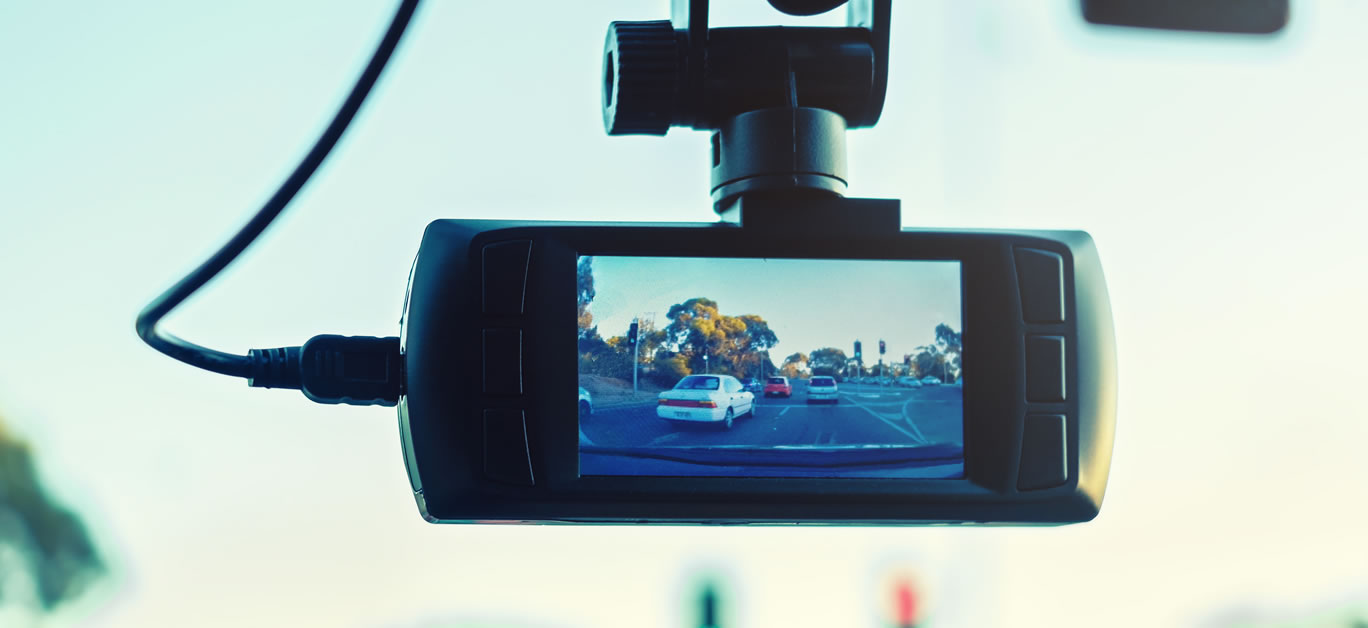Leading motoring journalist Steven Berry, a member of the Northern Group of Motoring Writers, puts the very latest dash cams to the test.
So, you’ve cleaned the car, polished and waxed it, spruced up the interior and even checked the tyre pressures and fluid levels – for the THIRD time in a week. Now, what else is there to benefit your motoring experience, once you’re finally allowed out on the roads again?
How about fitting a dash cam? Not only will it allow you to bore your other half to death with regular footage of “some idiot on my commute today” but it could bring your insurance premium down too.
After all, a good-quality dash cam takes a lot of uncertainty away if you have clear footage of exactly what happened where, when and at what speed. So, yes, a dash cam is also the sharpest of digital, double-edged swords – boy-racers beware.
For those of us who prefer to keep within the law whilst driving, the dash cam can be a Godsend and, depending on how much you’re willing to spend, a quality dash cam can also provide evidence while your vehicle is parked. After all, how many of us have experienced that sickening feeling when returning to our cars only to find a bumper/wing scuff as evidence of someone else’s poor manoeuvring? Of course, there’ll be no note left from the offender and the retail park’s cameras likely won’t be working.
So, what do we want from a dash cam? Well, apart from in-built GPS and ease-of-use, clarity of image is paramount. So, let’s go for the best available – 4K Ultra-HD – allowing number plates to remain pin-sharp when zooming into footage on your PC/Mac.
Parking-Mode is a must for complete peace of mind as your car probably spends more time stationary than on the move. In this mode, even with your engine switched off, the camera’s built-in g-sensor will detect if your car is jolted in any direction and start to record for the next minute or so. Some dash cam models also act as CCTV, surveying the area immediately around your pride and joy.
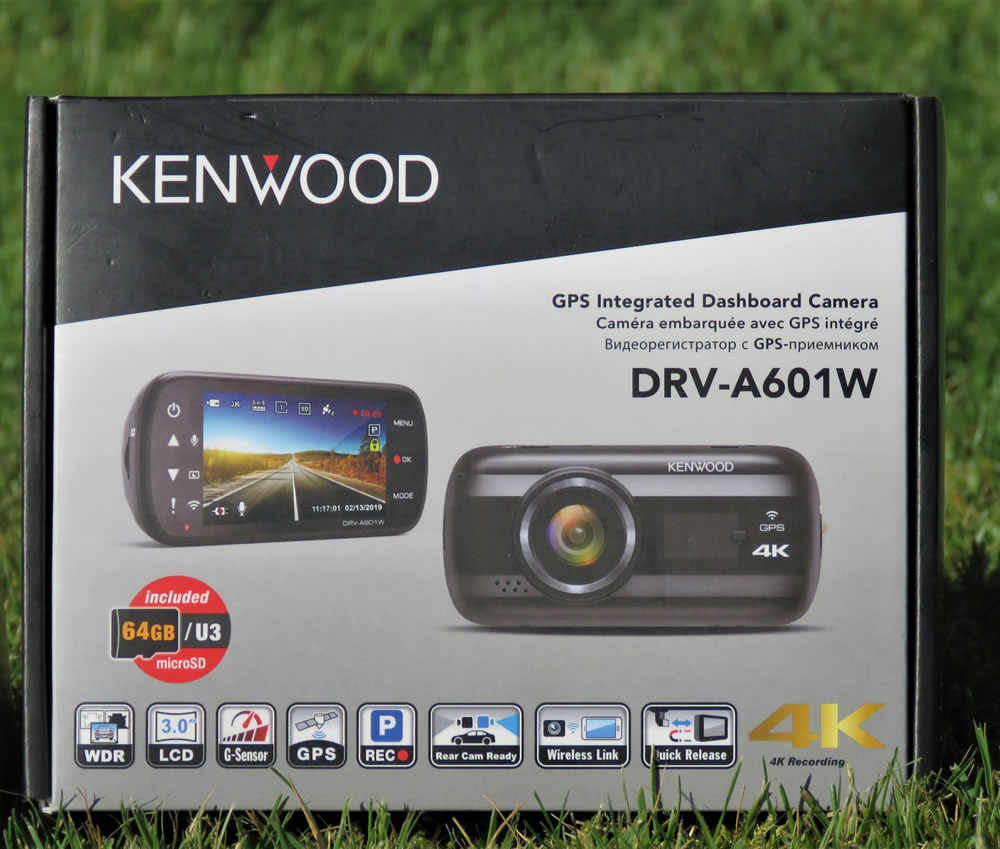
For the best Parking-Mode coverage you’ll need to have your camera hardwired to a constant-live supply on your car, but don’t worry, this isn’t as difficult as it sounds and most manufacturers provide an add-on kit with simple to follow instructions. And, if you’re worried about your car battery getting drained, then don’t be, as these kits will shut off power to the dash cam if your battery’s voltage drops below a certain level, always leaving more than enough juice to start the car.
A rear-facing camera is a good idea too as it will clearly show how late the person behind reacted and just how fast they were going before they rear-ended you.
With all that in mind let’s take a look at two of the 4K UHD contenders out there – The BlackVue DR900S-2CH and the Kenwood DRV-A601W.
The 2CH designation of the Korean BlackVue kit stands for ‘2-Channel’ which means a rear camera is also included in its £425.59 price tag. The Power Magic Pro hardwire kit for Parking-Mode is an extra £39.95 bringing the entire price for the BlackVue kit to £465.54. A 64GB SD storage card also comes with this kit.
The Kenwood DRV-A601W is new to the market, an official accessory for the VW/Audi Group and is the Japanese manufacturer’s flagship dash cam. It can be purchased for a very reasonable £235 including the hardwire kit (CA-DR1030) but you’ll need to add £50 for the KCA-R200 rear camera and fitting kit, bringing the total price to £285, also including a 64GB SD card.
Each manufacturer’s forward-facing cameras are 4K capable, while both rear cameras are HD 1080p only. There are, currently, no manufacturers providing rear-facing 4K cameras.
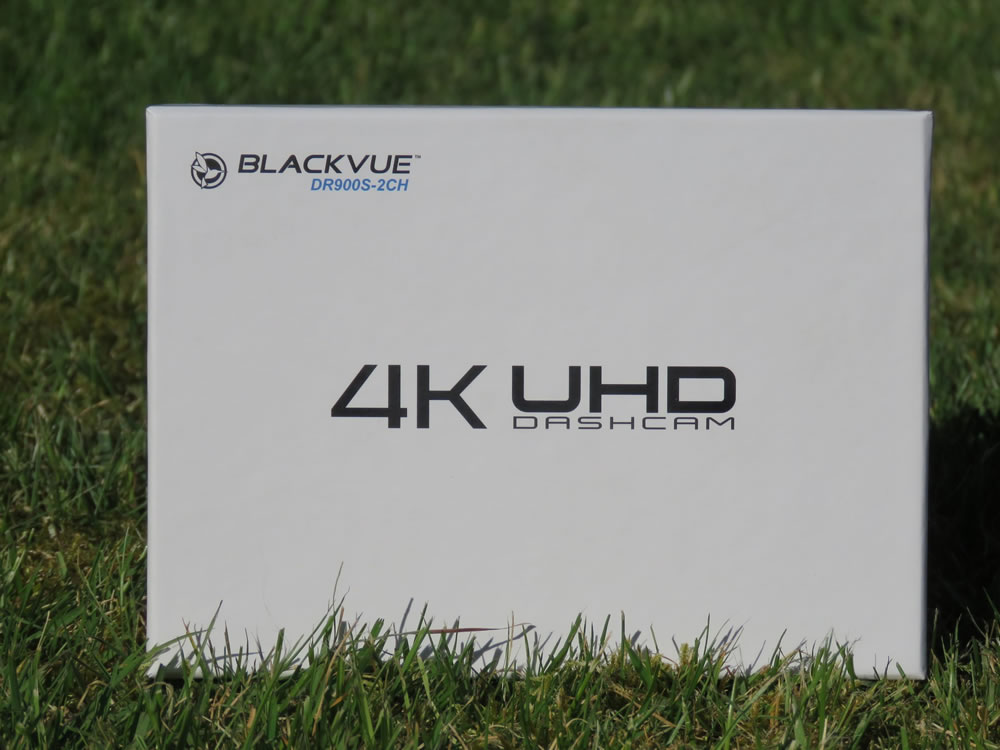
Both systems feature GPS location, Parking-Mode and a wireless link to your smartphone for viewing footage on dedicated apps as well as feature-rich apps for your PC, so you can download, view and analyse your journey’s data, including a rolling map, speed and Geo-position.
So, why the discrepancy in cost if both systems do the same job? In the interests of thorough research, I fitted the BlackVue DR900S-2CH kit to my own 2014 Mazda3 SE-Nav and the Kenwood DRV-A601W and KCA-R200 kit to my wife’s 2015 Citroen C1 Flair.
Unboxing the cameras reveal just how well-engineered the BlackVue units are. They have a good weight to them and feel very robust. The screen-free, tube-shaped main bodies of both front and rear BlackVue cameras look stealthily low-profile, so shouldn’t take up too much space when fitted. The smaller rear camera is particularly neat.
The Kenwood units, while feeling solid enough, are decidedly more plasticky and don’t have the same premium-quality feel to them. The Kenwood DRV-A601W has a 3in colour TFT screen on the rear, which, while handy for initial placement, means the unit is bulkier and a little more awkward to fit neatly behind the rear-view mirror.
The Kenwood KCA-R200 rear camera is slightly bulkier than the equivalent BlackVue unit, but fitted neatly to the rear window and feels very solid once in place. Kenwood kindly provide spare 3M sticky pads just in case you don’t get the position exactly right on the first attempt.
The BlackVue DR900S front camera sits stealthily beneath the rear view mirror and the rear camera is stuck as high as possible on the rear screen – it’s barely noticeable, apart from the white LED that lights up when the camera is functioning (can be switched off in the firmware settings).
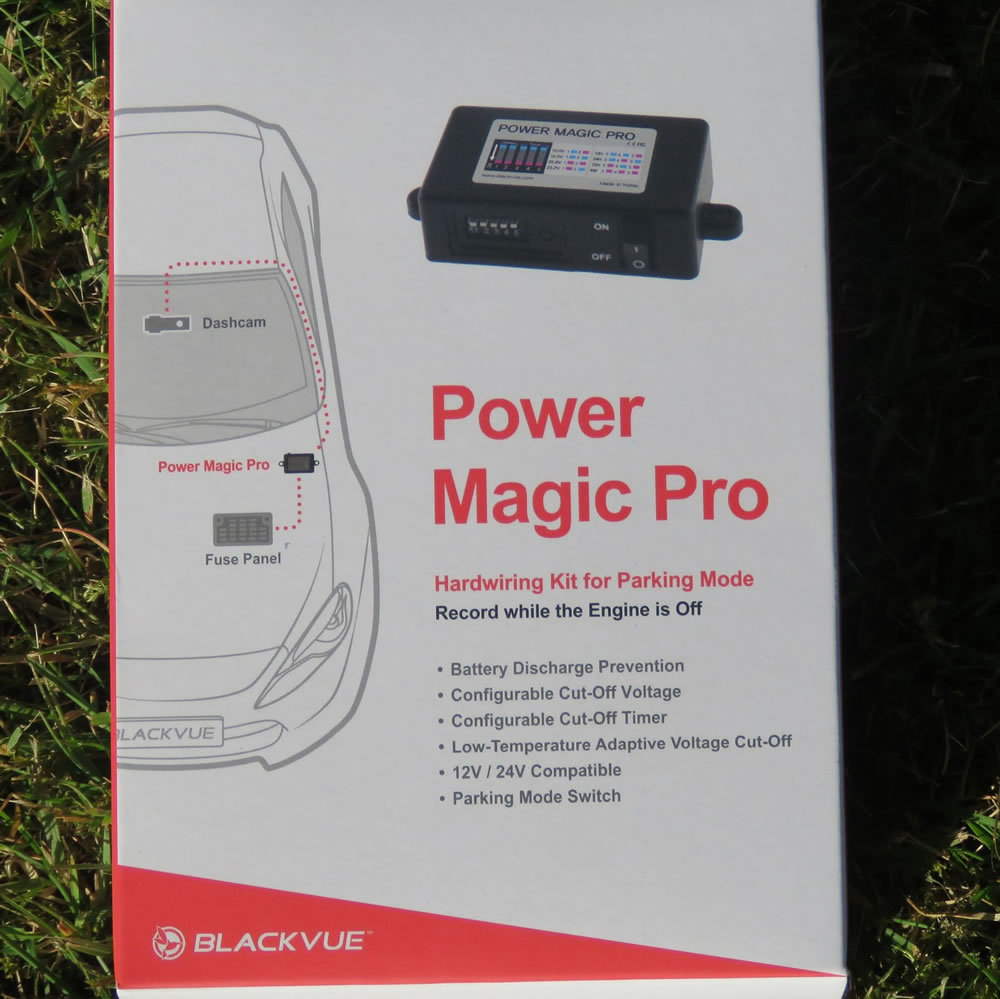
Both the BlackVue and Kenwood main cameras can be released from their mountings – although in neither case is it particularly easy to do.
The BlackVue is a little easier with the main problem being that the two electrical leads (power and rear camera) need to be unplugged from the camera body before holding in a quick-release button and sliding the camera out of its mount. It would be less tricky if those leads were attached to the non-movable mount and not the camera body itself.
The Kenwood unit, however, gives you the sensible option of attaching both leads to the mount, if you wish. However, the patented ‘Quick Release’ magnetic mount is so aggressive it’s really quite difficult to remove the camera from the mount, but perhaps there is a knack to it that I haven’t quite found yet.
Of course, you don’t really need to remove either camera as they have wireless links that allow you to view footage on your smartphone and download any clips you want and you can also change the camera’s settings wirelessly.
It is when you get into the various menus available for each camera you begin to see why the BlackVue commands a higher price than the Kenwood. It comes out on top with a better array of features and settings that allow you to utilise your camera more comprehensively, albeit mostly in Parking Mode.
In Parking-Mode the BlackVue allows you to, not only, watch for knocks or bumps to the car, but will monitor and record movement outside of the car, front and back. Crucially, the BlackVue’s buffering technology means if a knock is detected it will save a recording a minute before the incident and a minute after. The Kenwood only begins to record once an impact is detected.
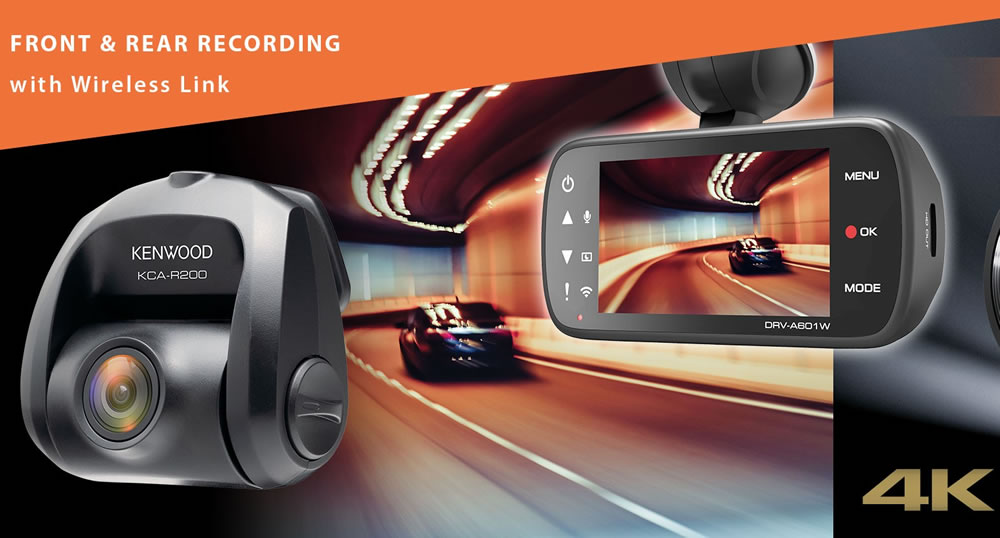
You can also use either system as CCTV to monitor driveway/house and check the feed via your smartphone- if it’s in range of the camera’s Wi-Fi signal.
However, the BlackVue takes this to another level with a system it calls BlackVue Over The Cloud whereby you can use a mobile Wi-Fi hotspot in your car to utilise a host of features like CCTV anywhere and anytime with remote video playback and notifications pushed to your phone when events occur.
There is also vehicle tracking as well as instant backup of footage to the Cloud and two-way voice communication. For the full Big Brother experience you can also set up Geo-Fencing whereby you can set virtual boundaries on the map to trigger notifications if crossed. A word of warning though, while some of these features are free, some require a paid-for plan.
Both the BlackVue and Kenwood hardwiring solutions require a feed from your car’s internal fuse box. Each took me less than 30 minutes to fit but if you’re not confident it’s best to get your local auto-electrician involved.
The Kenwood set-up means your camera is powered all the time and only goes into Parking-Mode if no movement (driving) has been detected for five minutes. While in Parking-Mode the camera is sleeping and only wakes if it detects a jolt. It then records (front and rear) for the next 30 seconds before sleeping again if there is no further disturbance.
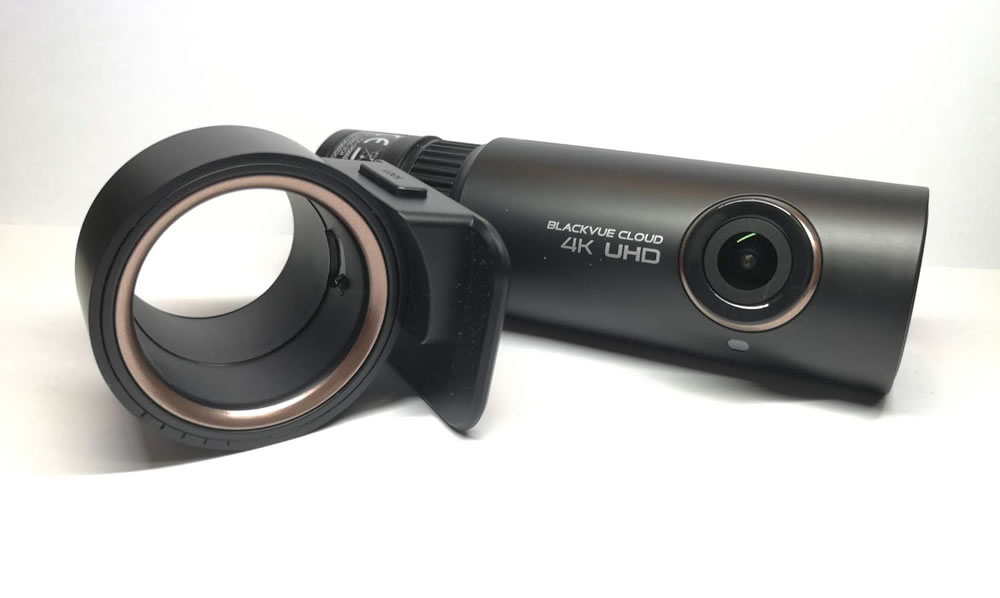
Parking-Mode can be switched off entirely on the Kenwood, via the camera’s menu, but as the camera is connected to a constant live feed, it will still receive some power until the built-in voltage cut-off activates to preserve power. However, even with Parking-Mode switched on this can take several days depending on the size/health of your car battery.
Parking-Mode switches itself off automatically once you’re on the road again, of course, which makes the Kenwood set up an excellent fit-and-forget system.
The BlackVue parking solution (Power Magic Pro) is more comprehensive in that the small control box has a physical on/off switch and is wired to both a constant-live fuse and a switched fuse (only live once the engine is running) so you can switch off power to the camera entirely without having to go through the camera’s menu system.
The Power Magic Pro also has a series of tiny dip-switches which allow you to set the cut-off voltage (compatible with cars and HGVs) and set the length of time you wish Parking Mode to be active, with a wide range between six hours and infinity.
As mentioned earlier, the BlackVue can also be set to watch for movement at the front and rear of your vehicle and will record for a minimum of a minute if triggered. The smartphone app allows you to set zones for surveillance so you can monitor only areas very close to your vehicle or areas further away – ideal if you don’t want a recording every time someone passes your driveway.
Another invaluable feature of the BlackVue’s Parking-Mode is that once you’re back in the car the camera will announce if there has been an incident while you were away.
Both the Kenwood DRV-A601W and BlackVue DR900S come with leads to connect to your car’s 12V outlet as well as suction-cup mounts for the windscreen, so moving these cameras from car-to-car is very simple.
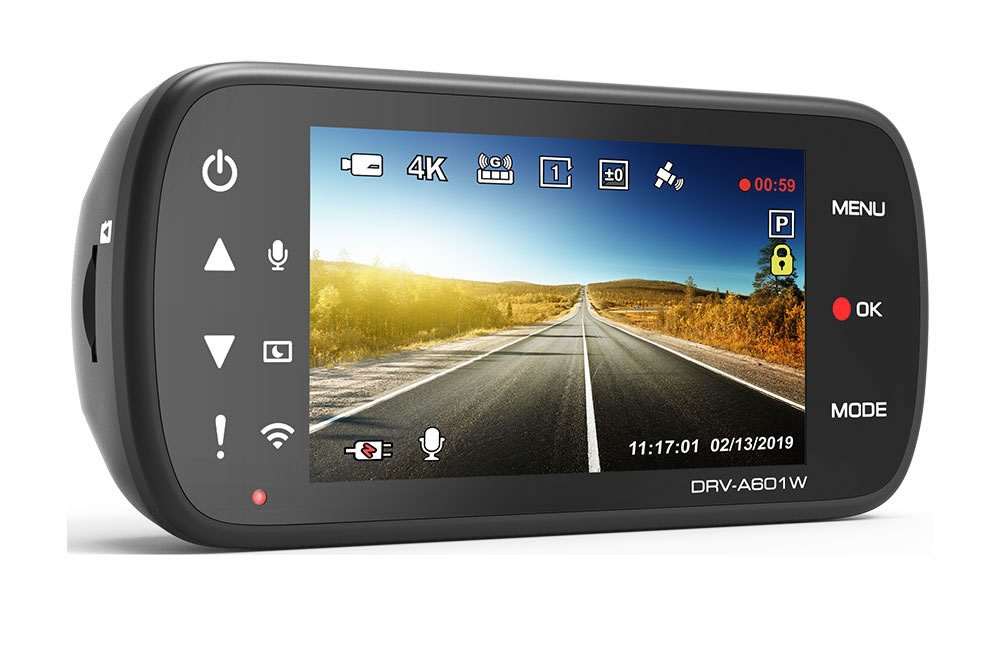
Not so, the rear-facing cameras though as you’ll have spent the best part of an hour running the supplied cable from the front of the car to the rear. This is, by far, the most time-consuming part of fitting a dual-camera set-up.
Fortunately, BlackVue include a trim-tool for prising plastic trim open to get the wire through. Be patient and you’ll end up with a neat install and hardly any wire on show. Top Tip: When trying to push the cable through the rubber wiring-loom protector on the rear hatch of your car, cover it in a generous amount of silicone grease first. This will save both time and the air turning blue around you.
So, let’s get down to the nitty-gritty – how do the cameras perform on a day-to-day basis and how clear is the footage?
Both main cameras are capable of recording at 3840 x 2160 Ultra High Definition @30fps so you get superb clarity on playback. 4K UHD gives twice as much clarity as normal 1080p HD so even if you have to zoom in to see detail the image won’t distort. In this respect there is very little between the two main cameras, they are both excellent.
The Kenwood comes with an attachable polarising filter which minimises lens-flare in brightly-lit situations as well as helping with contrast generally, and although the BlackVue has no such filter, the image was just as clear.
The viewing angle of the Kenwood is 130-degrees while the BlackVue manages a superb 161-degrees without becoming too fish-eye in appearance. Both cameras should certainly capture anything in front and quite a lot to the sides as well with no noticeable distortion of detail even at the extremities.
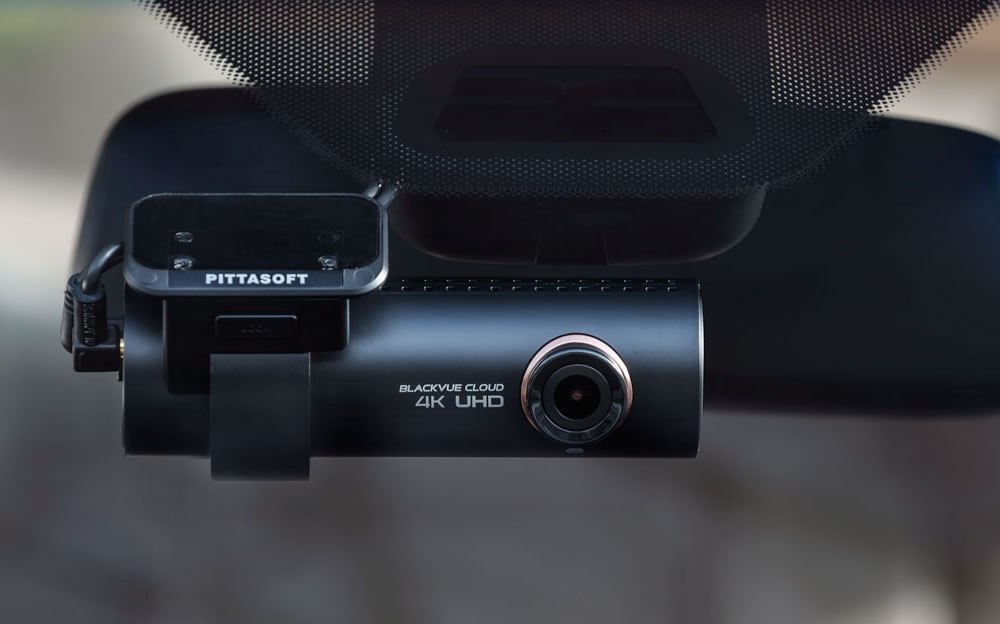
Where the BlackVue trumps the Kenwood is its night vision, which is superb and better than anything else on the market at the moment. Although the Kenwood isn’t far behind here and both cameras manage to pick up number plates even in dimly-lit areas.
Both rear cameras operate at 1080p HD and I couldn’t see any difference between image quality on either model. The Kenwood does offer a wider viewing angle of 161-degrees, as opposed to the BlackVue’s 139-degrees although I don’t think a particular wide angle is necessary when looking rearward.
Choosing between the BlackVue and the Kenwood isn’t easy as the BlackVue has the edge when it comes to quality and features but the Kenwood manages to be very close on both counts at a much lower price.
What tips it for me in favour of the BlackVue DR900S-2CH is the thought that has gone into making the camera do more than you may expect. It’s also a stealthier install than the bulkier Kenwood, thanks to superb design. The more comprehensive Parking-Mode is a winner too.
BlackVue have also gone to great lengths in developing H.265 video encoding which allows you to store twice as much data on an SD card than normal encoding. Both models come with a 64GB SD memory card (both will take up to 256GB cards) but the BlackVue can hold twice as much data before the older recordings are overwritten – important when it comes to 4K files, which are very large.
It may be pricey but the BlackVue DR900S is the premier 4K model out there at the moment. The Kenwood is certainly a worthy contender and a saving of almost £180 is not to be sniffed at, especially as it virtually matches the BlackVue in the most important department of all – quality of image.












